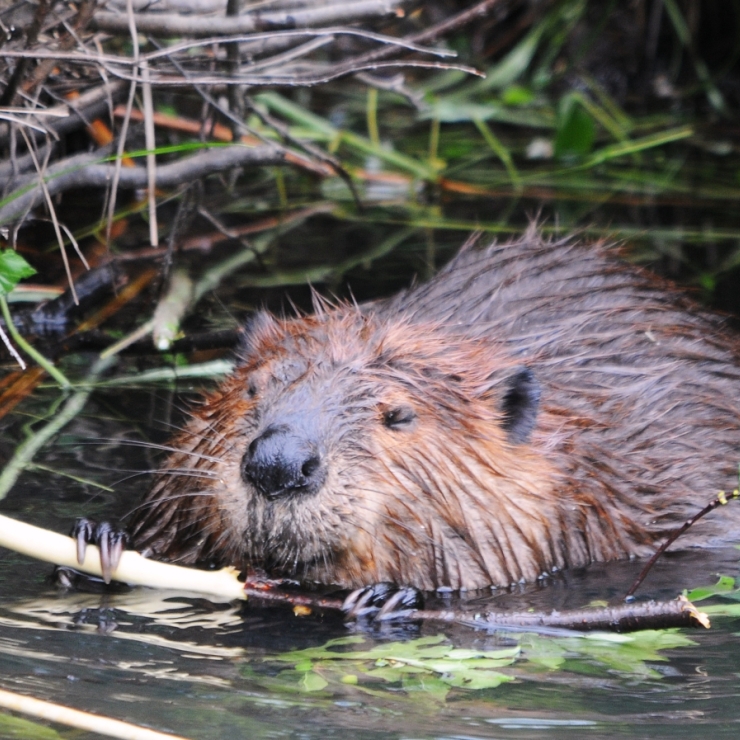The Woods Institute is now part of the Stanford Doerr School of Sustainability
All News
August 23, 2022 | Stanford News Service
A five-week course tests the mental and physical limitations of six up-and-coming scientific divers as they learn about the ecology and conservation... Read More
August 19, 2022 | Stanford News Service
Researchers compiled the largest set of biologging data revealing how 38 species of sharks, rays, and skates move vertically in oceans around the... Read More
August 18, 2022 | Stanford Water in the West Program
Stanford's Felicia Marcus discusses how states can utilize nature-based solutions to help meet climate targets and water objectives while enjoying... Read More
August 15, 2022 | Stanford News Service
Key marine species can serve as bioindicators to measure how much plastic exists in different ocean regions.
August 15, 2022 | Stanford News Service
Improved facilities and equipment at the Monterey Bay station will open the door for researchers to study more of the Pacific’s diverse species, gain... Read More
August 11, 2022 | Stanford News Service
Using synthetic genes, researchers at Stanford have been able to modify the root structures of plants. Their work could make crops more efficient at... Read More
August 5, 2022 | Stanford News Service
The effort expands on a previous initiative in Northern California that provided the only reported detections of monkeypox genetic material in sewage...
August 4, 2022 | Stanford Woods Institute for the Environment
Stanford marine biologists, epidemiologists, geneticists, engineers, and others soon will collaborate to develop new water purification technology,... Read More
August 2, 2022 | Stanford News Service
A tiny new device allows scientists to directly observe and quantify how rocks change in the presence of acids, enabling more accurate assessments of... Read More











